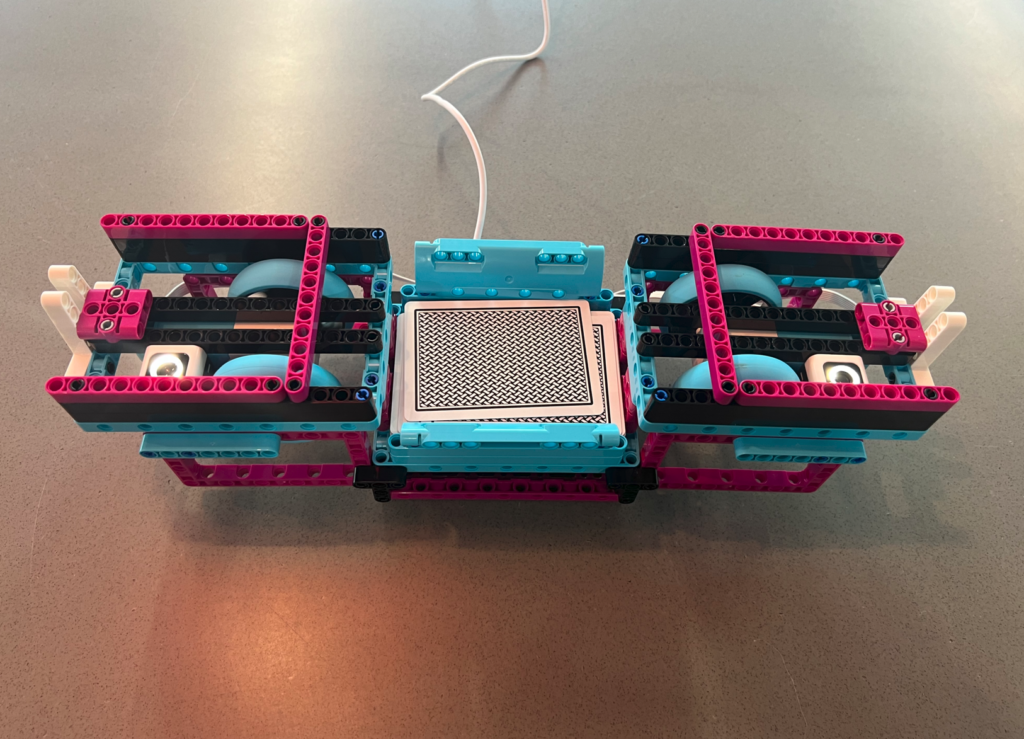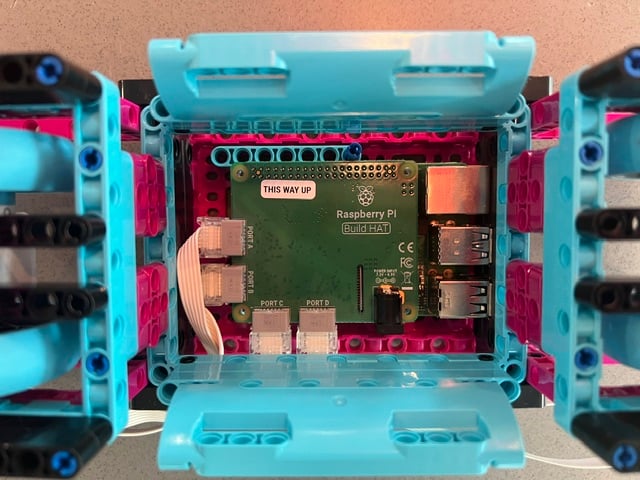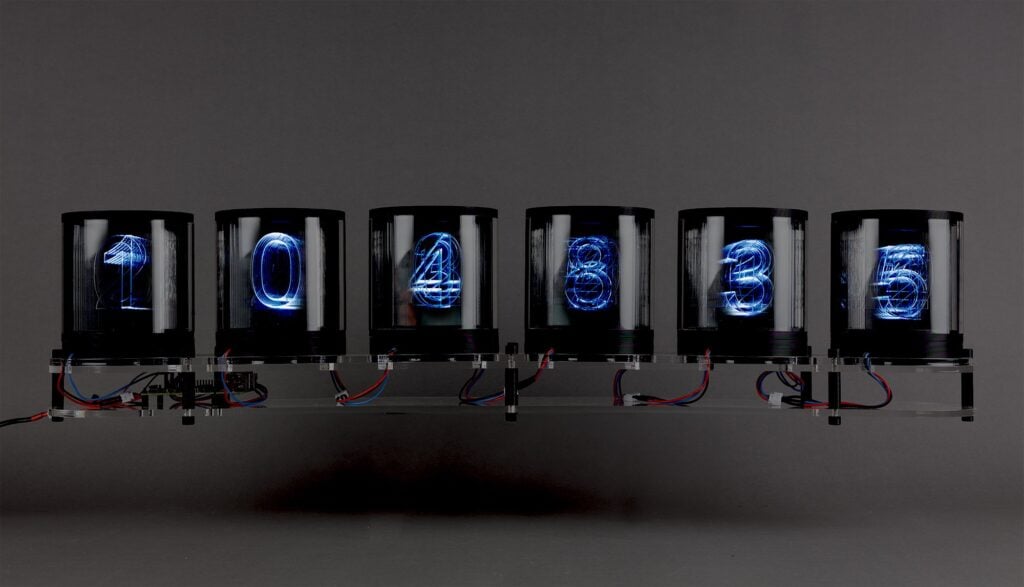Just Launched: reComputer R11, priced starting from$179, could be the most adaptable and cost-effective edge IoT gateway & controller in your equipment cabinets!
The Wait is Over! reComputer R1100 has been released! The reComputer R1100, powered by Raspberry Pi CM4, is an adaptable edge IoT gateway with AI capabilities. It features comprehensive industrial interfaces (2x Ethernet, 2xUSB, 2xRS485, 2xRS232, 2xDI, and 2xDO) and flexible wireless connectivity options (4G, LoRa®, Wi-Fi/BLE), making it ideal for diverse industrial applications.
Product Page
Satisfy your expectations for an edge computing device
The most adaptable edge IoT gateway for the most diverse industrial landscapes. A perfect balance between price, performance and power consumption.
Key Features
- Powerful Performance: Raspberry Pi® CM4, Quad-core A72, up to 8GB RAM and 32GB eMM
- Multiple Industrial Interfaces: RS485, RS232, Ethernet Ports, HDMI, USB2.0
- Versatile Wireless Options: Support Wi-Fi, BLE, LoRaWAN®, Zigbee, 4G LTE*
- Safety and Reliability: TPM2.0/ATECC608A, Hardware Watch Dog, Metal Enclosure, EMC Protection, PoE, UPS*
Perfect Choice for System Integrators and Solution Providers

reComputer R1100 could be a perfect choice for generic industrial applications, like automation, energy management, smart agriculture, and manufacturing. If you are integrators or solutions providers specializing in upgrading businesses with technology solutions, for example,
- Smart shops that need several edge computing devices
- Greenhouse requires about five industrial-grade edge controllers for environmental monitoring and downlink control
- solar panel installations needing control computers for system management
- …
Why design hardware from scratch? The reComputer R1100 offers a ready-to-deploy platform – just add your software solution. Cut R&D costs and launch faster!
Demo Presentation: reComputer R11 in smart retail for inventory monitoring and security monitoring
Hardware Overview

Industrial Grade Quality
Flexible and Open
Logo Customization, Firmware Flash, Branding and Labellig, Certifications, Add/Remove Functional Module, Modify I/O Ports, Design Enclosure, you can customize reComputer R1100 as you wish! Welcome you to contact edge@seeed.cc for further inquiry!

Related Products
reComputer R1000

The reComputer R1000 features dual Ethernet interfaces and three isolated RS485 interfaces, supporting Modbus UDP/TCP and BACnet protocols, which makes it a perfect fit for smart building and energy management, such as controlling HVAC systems and other subsystems like lighting, sensors, and access control.
reTerminal Series

If you want to stay informed of the latest updates, special offerings, real-world success stories, expert interviews, and webinars about edge IoT devices and be connected with the system integrators and solution providers from vertical industries like smart building, energy management, automation, we welcome you to subscribe to our dedicated Newsletter:
The post Just Launched: reComputer R11, priced starting from$179, could be the most adaptable and cost-effective edge IoT gateway & controller in your equipment cabinets! appeared first on Latest Open Tech From Seeed.











